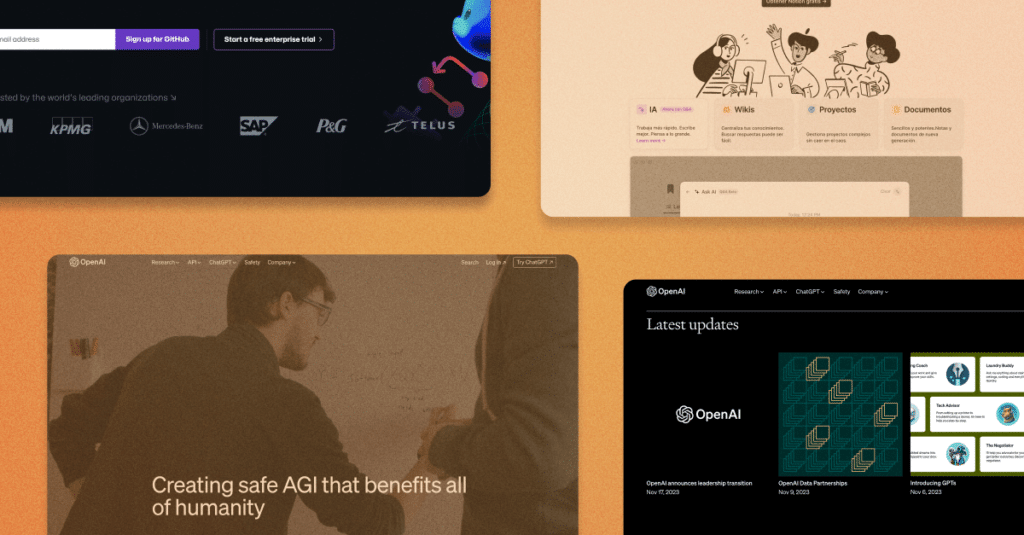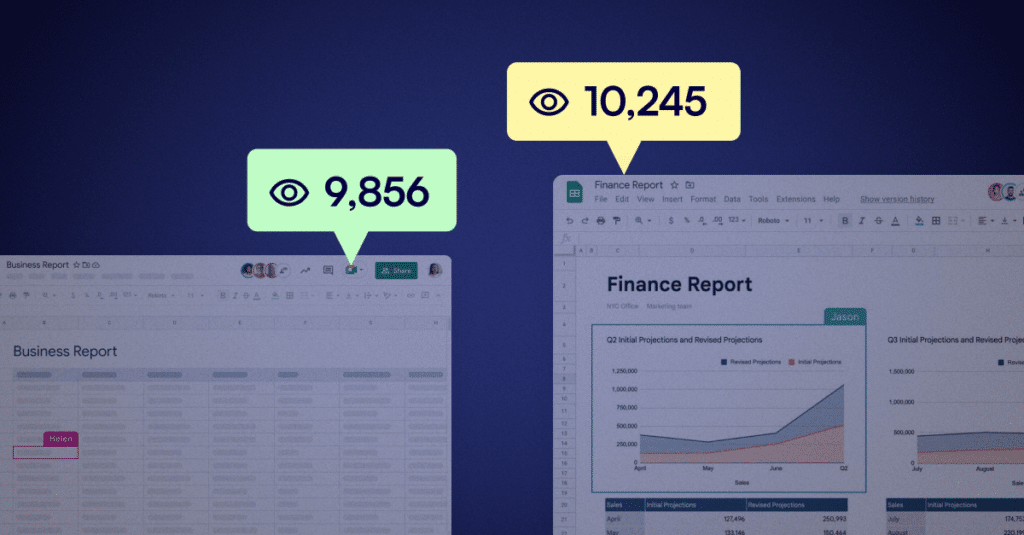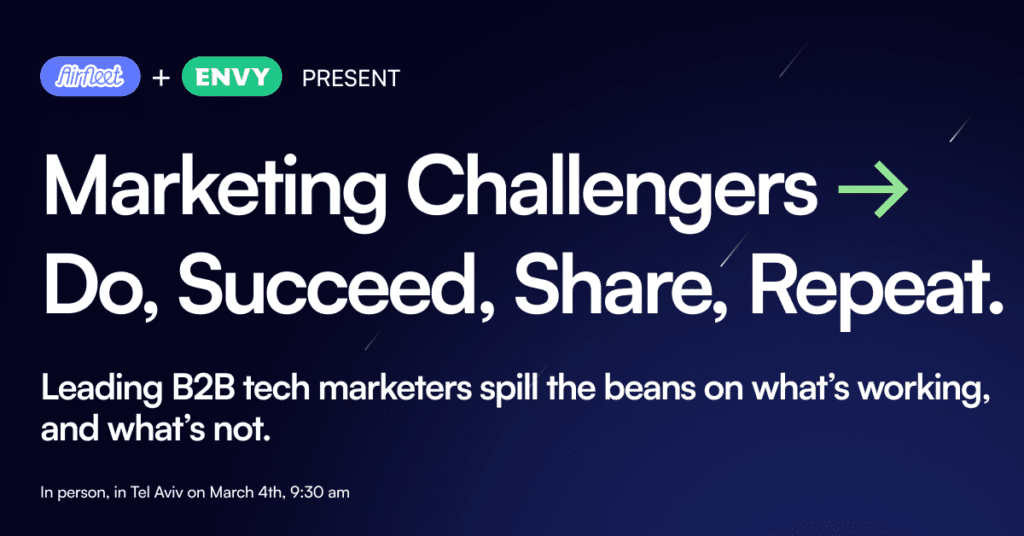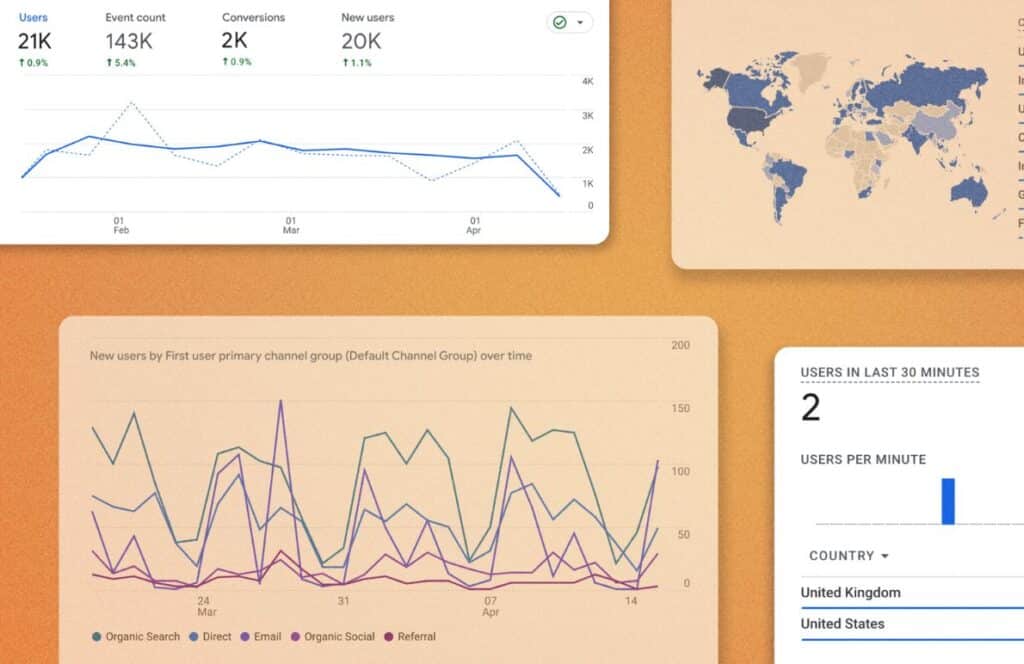2022 Marketing Trends: What Does the Future Hold for Marketers?

There have been a number of reports coming out about how marketing in 2022 will be evolving and what the key focus is for marketers this year and as you’d expect, the list covers things like transforming customer experience, how to create meaningful connections, making content more conversational, turning your employees into advocates & measurement and accountability.
But what does all this mean? Should we rush out and get in line with what everyone else is doing, or should we be sitting back, focusing on quality and activity based on our audience and personas? Or, can we do both?
In this post, I’ll be looking at some of the key trends that are emerging and understanding how we, as marketers, can utilized these trends.
Personalizing how we engage with customers
The way businesses interact with customers has fundamentally changed. Aside from seeing a shift to digital channels for communication purposes with brands we’re engaging with, we’re also seeing how more and more businesses are using customer data to create personalized experiences.
According to SmartHQ, 72% of consumers will respond to personalised marketing communications, which makes sense when you understand that 70% of brands who were surveyed by KO Marketing claim they saw their ROI increase by 200% when they engaged in personalization tactics.
One of our clients, blings.io, is all about creating data-based personalized video experiences, which I have to say, is pretty awesome. It takes personalization to a whole new level to see this video all about you and your engagement with the brand. And what’s best is that it’s super scalable as the technology pulls in customer data from your external data source and seamlessly creates individual videos for each of your customers.
What does this mean for marketers?
This customer-centric focus is here to stay, which means we need to make sure that we’re using customer data to create relevant and personalized experiences. We also need to start thinking about how we can use technology to create more personalized content and experiences but at the same time, we need to make sure we’re respecting privacy and only using the data we are allowed to use.
Personalization doesn’t have to be big and expensive and there are some pretty easy ways to kick-start your journey to personalization perfection:
- Personalize your email content. If you’re managing your CRM properly and using tags, workflows and automation, the emails you send should be tailored to each individual, depending on how they interact with your business. Hubspot has this neat ‘smart content’ function that allows you to show content based on the triggers/rules you set up in your workflow.
- Use customer data to personalize website content. Personalization doesn’t have to be expensive and automated. Pull & Bear get you to choose ‘Woman’ or ‘Man’ before you enter their website and whichever identity you choose, the experience is then tailored. This is a pretty simple way to capture data as you can then put all traffic into audiences depending on their preference and remarket to them across display, search, social & native platforms.
- Get conversational. The rise of conversational marketing and the technology that sits behind it makes personalization a) easy and b) an absolute must! Depending on the platform and the ‘playbook’ you create, you can have your chatbot, welcome users, by their company or the last page they visited. In fact, the options really are endless and what’s best is that if you’re using a platform like Drift, then your sales team will even get notified when a customer visits your website.
Keeping the conversation moving
Conversational marketing is a trend all on its own (not just in the case of personalization) that’s been gaining traction in recent years as we’ve moved on in our digital transformation and it’s so much more than just chatbots (although they are super intelligent and a huge part of a good conversational marketing strategy).
The whole point of conversational marketing is engaging with customers in a two-way conversation, rather than one-way communication with the goal of building relationships with customers and creating loyalty. Essentially, it’s about being there for your customer when and where they need you and providing the answers they are looking for, rather than just selling to them.
A survey in 2021 by Drift found that 51% of companies are able to respond to customers quicker by implementing a conversational marketing strategy which is interesting as you’d think this percentage would be higher. Perhaps it’s at this point that it’s worthwhile reiterating the importance of your CRM, the workflows, your internal processes and data quality as ideally, the beauty of a good, solid conversational marketing strategy, is that as soon as that customer lands on your site, or engages with you, you’re right there to respond.
There are loads of ways to get started with conversational marketing but here are a few ideas:
- Add a chatbot to your website. If you’re using a tool like Drift, you can create a chatbot in minutes and it doesn’t have to be complicated. You can use it to answer FAQs, provide customer support or even just engage in conversation with your website visitors.
- Get involved in social media conversations. This one is so important but often overlooked. If someone mentions your brand on social media, make sure you reply! This is a great way to build relationships with customers, create loyalty and turn one-time buyers into lifelong fans.
- Start a customer community. Customer communities are a great way to get customers talking to each other, as well as engaging with your brand. They provide a space for customers to ask questions, give feedback and share ideas. In turn, you can use the customer community to gather insights, understand customer pain points and get feedback on new products or features.
Measurement
Ok, so this may not be a hot new trend in 2022, but I think it’s a super important element of all marketing strategies which we are just not getting right or putting enough weight into and it baffles me to read that only 35% of marketers say that it’s important, or very important to track the ROI of their campaigns.
In general, tracking ROI (return on investment) on marketing campaigns can be extremely helpful in assessing which strategies are working and which aren’t. Additionally, comparing ROI across different channels can help startups fine-tune their marketing mix.
Of course, calculating ROI isn’t always easy – it can be tough to attribute sales to specific marketing initiatives which is one of the reasons many marketers just gloss over it and focus on growth. But if done correctly, tracking ROI can be a powerful tool for making smart marketing decisions.
There are a ton of different metrics you can track but it’s important to focus on the ones that matter to your business. If you’re not sure where to start, here are a few tips to help you get going:
- First, identify what success looks like for your campaign
. What are your goals? Once you know this, you can choose the right metrics to measure. For example, if you’re looking to increase brand awareness, you might track metrics like reach and impressions. If you’re trying to generate leads, you might track metrics like conversion rate or cost per lead. - Next, collect data from multiple sources so you can get a complete picture. Data from your website, social media, email marketing, and advertising platforms can all be helpful in understanding how your campaign is performing.
- Finally, analyze the data to see what’s working and what isn’t. Look for patterns and trends so you can adjust your strategy accordingly.
In short, don’t be afraid of the data! Put the effort in and use it to your advantage.
There are platforms out there that can help you easily create measurement dashboards, such as Klipfolio or PowerBI but, being somewhat biased, the Airfleet Dashboard kicks butt! Developed by our in-house analytics team, we’ve created an awesome analytics dashboard that incorporates your unique marketing KPIs and tracks your activity and results against the KPIs you determine. I’ve personally, never been so informed and as an ex client-side Head of Marketing, I love getting my data-geek on with our analytics dashboard!
So, what’s next?
To be honest, who knows! These marketing trend reports often give us marketers slight panic as we think we need to switch up our strategy and get with the programme when really, we just need to do 3 very simple things:
- Have faith in our own awesomeness
- Be deeply connected with our customers/personas
- Do what’s right for your company, not what everyone else is doing
Follow these 3 rules and you’ll ensure the quality of your marketing is top-notch while you explore and rock the marketing tactics, new and old, that work for you.











